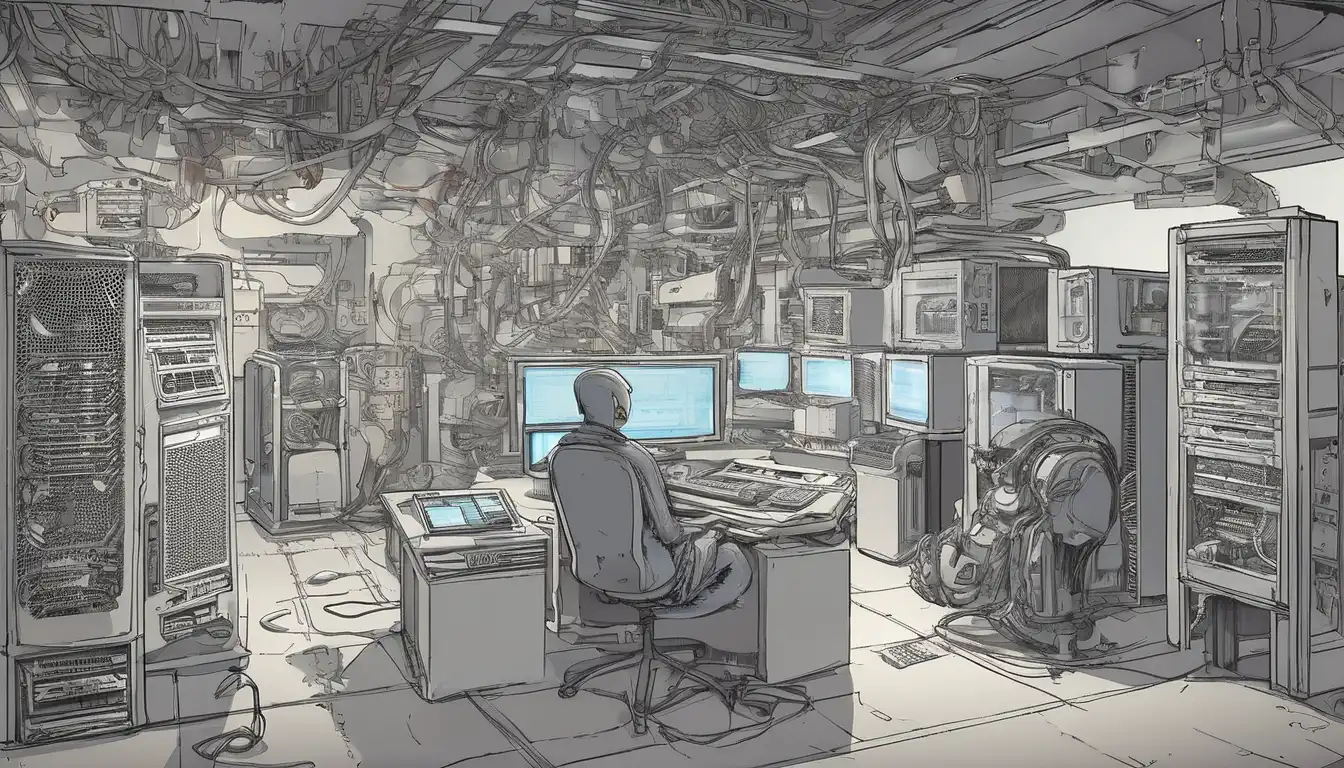Introduction to Computer Component Selection
Building your own computer can be an incredibly rewarding experience, but choosing the right components is crucial for optimal performance and value. Whether you're building a gaming rig, workstation, or everyday computer, understanding how to select compatible and appropriate components will save you time, money, and frustration. This comprehensive guide walks you through the essential considerations for each major component.
Understanding Your Needs and Budget
Before diving into specific components, it's essential to define your computer's purpose and establish a realistic budget. A gaming computer requires different components than a video editing workstation or a basic office PC. Consider what tasks you'll perform most frequently and allocate your budget accordingly. Remember that some components offer better value than others, and balancing performance with cost is key to building an efficient system.
Defining Your Use Case
Different computing tasks demand different hardware priorities. Gamers should prioritize the graphics card and processor, while content creators need ample RAM and fast storage. Office users can focus on reliability and energy efficiency. Understanding your primary use case helps you make informed decisions about where to invest your budget for maximum benefit.
Processor (CPU) Selection
The CPU serves as the brain of your computer, handling all calculations and instructions. When choosing a processor, consider core count, clock speed, and compatibility with your motherboard. Intel and AMD offer excellent options across various price points. For gaming, focus on single-core performance, while multitasking and content creation benefit from higher core counts.
Key CPU Considerations
- Core Count: More cores handle multiple tasks simultaneously
- Clock Speed: Higher GHz means faster processing
- Socket Compatibility: Must match your motherboard socket
- Integrated Graphics: Useful if not using a dedicated GPU
Motherboard Compatibility
Your motherboard determines which components you can use and how they connect. Ensure compatibility with your chosen CPU, RAM type, and expansion cards. Consider future upgrade potential, available ports, and features like Wi-Fi and Bluetooth. The motherboard's chipset affects performance capabilities and overclocking support.
Motherboard Form Factors
Different sizes (ATX, micro-ATX, mini-ITX) suit different case sizes and expansion needs. Larger boards offer more connectivity options, while smaller forms save space. Choose based on your case size and required expansion slots.
Memory (RAM) Requirements
RAM affects how many applications you can run simultaneously and how quickly they respond. Most modern systems benefit from 16GB of RAM, while gaming and content creation systems may require 32GB or more. Ensure compatibility with your motherboard's supported speeds and types (DDR4 or DDR5).
RAM Speed and Timing
Higher MHz ratings and lower CAS latency improve performance, though real-world differences may be minimal for everyday tasks. Balance speed with cost, as premium RAM often offers diminishing returns for the price.
Graphics Card (GPU) Choices
The GPU handles visual processing and is crucial for gaming, video editing, and 3D rendering. Consider your monitor's resolution and refresh rate when selecting a graphics card. NVIDIA and AMD offer options at various performance levels and price points.
GPU Performance Tiers
- Entry-level: Suitable for 1080p gaming and basic tasks
- Mid-range: Handles 1440p gaming comfortably
- High-end: Designed for 4K gaming and professional work
Storage Solutions
Modern systems benefit from SSD storage for the operating system and frequently used applications, with HDDs providing affordable mass storage. NVMe SSDs offer the fastest speeds, while SATA SSDs provide excellent performance at lower costs. Consider capacity needs based on your software and file storage requirements.
Storage Configuration Strategies
Many builders opt for a combination: a fast SSD for the operating system and key applications, with a larger HDD for file storage. This balances speed and capacity cost-effectively.
Power Supply Unit (PSU)
The PSU delivers power to all components and affects system stability and efficiency. Choose a unit with adequate wattage for your components, plus some headroom for future upgrades. Look for 80 Plus certification indicating energy efficiency, and consider modular designs for easier cable management.
PSU Wattage Calculation
Add the power requirements of all components and add 20-30% for safety and future expansion. Online PSU calculators can help determine your specific needs based on your component selection.
Cooling Solutions
Proper cooling maintains component longevity and performance. Air coolers offer reliable performance at lower costs, while liquid cooling provides superior thermal management for overclocked systems. Consider case airflow, component thermal demands, and noise preferences when selecting cooling solutions.
Case Selection and Airflow
Your case houses all components and affects thermals, noise levels, and expandability. Consider size compatibility with your motherboard and components, airflow design, build quality, and aesthetic preferences. Good cable management contributes to better airflow and easier maintenance.
Case Features to Consider
- Front Panel Connectivity: USB ports, audio jacks
- Drive Bays: For storage expansion
- Dust Filters: Reduce maintenance requirements
- Cable Management: Routing options for neat builds
Compatibility Checking and Building
Before purchasing, verify all component compatibility using online tools or manual checking. Ensure physical dimensions fit your case, power connectors match your PSU, and all components work together seamlessly. Take your time during assembly, following proper static electricity precautions and installation procedures.
Conclusion: Building Your Perfect System
Choosing the right computer components requires careful consideration of your needs, budget, and compatibility factors. By understanding each component's role and how they work together, you can build a system that meets your specific requirements without overspending. Remember that technology evolves rapidly, so consider future upgrade paths when making your selections. With proper planning and research, you'll create a computer that serves you well for years to come.
For more detailed information on specific components, check out our guides on graphics card selection and motherboard compatibility. These resources provide deeper insights into making informed decisions for your build.
